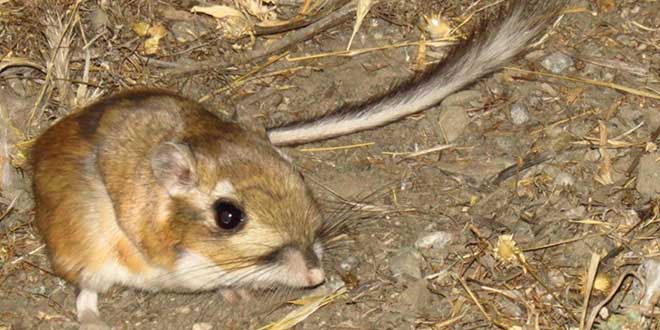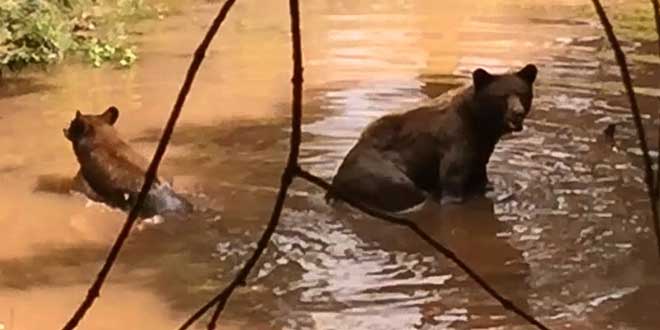We all know that food and water are essential for survival, but as you’ve topped-off that glass or grabbed a snack at home, have you ever wondered just how much liquid and groceries our wildlife needs?
The answer can vary greatly, based on the size of the animal. Even within a species, larger males or pregnant females might require more nutrients.
And desert critters might surprise you with how uniquely-capable they are to “make due” in arid environments.

If we start with our largest wildlife species in the state – the black bear – you would rightly imagine that they need a lot of both food and water. A 600-pound black bear is said to need around three gallons of water per day. On the calories side of intake, a bear might consume 11 to 18 pounds of food per day. That amount skyrockets as these animals prepare for winter slumber. In hyperphagia, extreme amounts of food are consumed that any competitive eater would respect.
But bears are omnivores, eating both plants and animals. Do herbivores need considerably less food and water?
In mule deer, four to eight pounds of food are needed daily, and they need about half a gallon of water per 100 pounds of their body weight per day. For an average deer, that might be one and a half gallons imbibed every day.
Rattlesnakes are ectotherms, meaning that instead of consuming calories to maintain body temperature, they rely on the environment to cool or warm them. When you’re not reliant on fueling a figurative furnace inside you daily, your caloric requirements go way down. Adult rattlesnakes only need to hunt when they’re hungry and they might go two or more weeks between rodent refreshments. Younger snakes need to eat more frequently, which might equate to about once a week. Reptiles scales not only provide protection but aid in stemming water loss from the body, so not much liquid is required either. An adult rattlesnake might only need to drink its body weight in water in the course of an entire year.

And if that wasn’t extreme enough for you, consider a frequent snake prey item, the kangaroo mouse. They eat seeds and even dig cache rooms underground to store them for later. Seed eating and gathering might be frequent, but the kangaroo mouse laughs at daily water requirements. Supremely adapted for the desert, kangaroo mice might never drink water throughout their entire lives. Instead, they get their water from the metabolic breakdown of their food.
So, the next time you eat or drink, think about how essential and life-giving this seemingly easy task is for us and then think about the daily struggle to survive through which wildlife persevere.
 New Mexico Wildlife magazine Conserving New Mexico's Wildlife for Future Generations
New Mexico Wildlife magazine Conserving New Mexico's Wildlife for Future Generations
